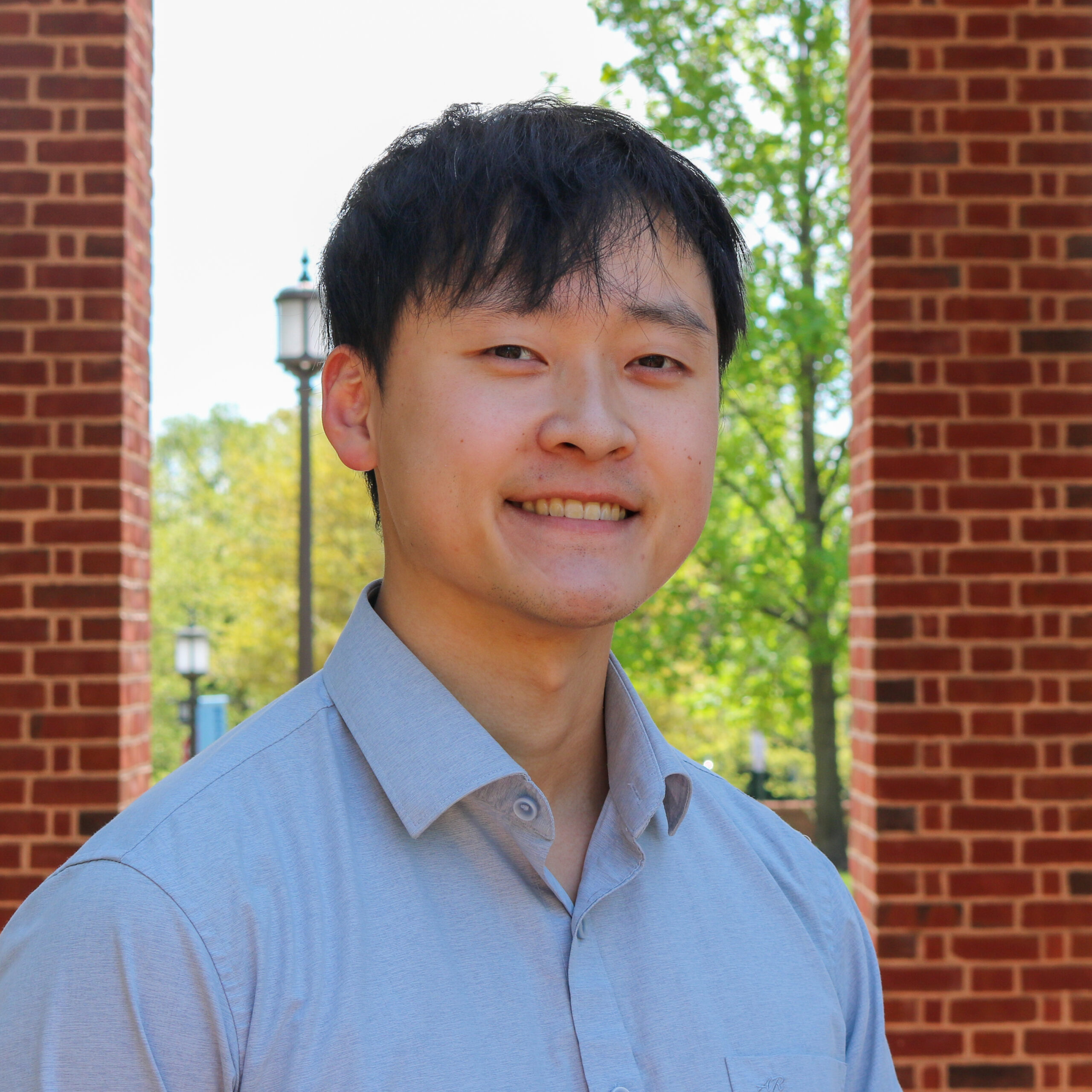
Harrison Park
Hello, my name is Harrison Park, and I work at the Artificial Intelligence for Materials Design Laboratory at Johns Hopkins University, also known as AIMD-L. Our lab is part of a broader initiative by the Hopkins Extreme Materials Institute to automate materials science research using AI-driven robotics and computational methods. Our primary goal is to develop a fully autonomous laboratory that can conduct experiments, analyze data, and make decisions continuously and without human intervention. Essentially, we’re aiming to replace manual processes with robotic systems that can characterize microstructure and mechanical behavior using advanced techniques such as rapid hardness testing or high-speed impact testing.
Currently, my research is in developing synthetic high-energy XRD data that can be used to help train machine-learning models. These capabilities would allow us to train larger-scale data-hungry machine learning models that analyze the data we get out of AIMD-L. Autonomous agents performing experiments in the closed-loop systems at AIMD-L would be able to use these models to make further decisions on what kinds of samples they should analyze next. While our goal is to remove manual intervention from the research process, there’s still a significant role for researchers in designing how these AI-driven subsystems perform measurements, analyses, and make decisions, and I hope to continue doing meaningful work in this sense.
